As solutions flow through an autoanalyzer system the debubbler is a key component in providing the opportunity to evaluate the condition of the reagents and ultimately the sample.
It’s through the debubbler that we can see if the bubble patterns are correct, if there is a block in the cartridge causing surging, how well the sample has held together as it traveled through the cartridge, if there is enough surfactant and ultimately if the colorimetric reaction is occurring properly. It also allows the operator to identify any spurious bubbles that need to be removed before they produce a nasty little spike on the result peaks. The debubbler acts as a quick and easy check that the operator only has to casually look at to immediately see the condition of the instrument.
Unfortunately, over time debubblers tend to degrade due to the chemicals flowing through them. In the case of ammonia they tend to turn yellow/orange from the nitroferricyanide. Orthophosphate chemistry tends to make the surface of the acrylic opaque. Each chemistry has its own impact, some more, some less, but the bottom line is that once you cannot see into the debubbler it becomes a liability instead of a valuable asset. Bubbles will stop sliding out easily and the operator has lost the tiny window that so clearly details what is going on with the solutions flowing through the system. Often undervalued, the condition of the solution flowing through the system almost always gives valuable insight into the problems that invariably occur with auto analyzers. Using the transparency of the debubbler as a tool to understand what is happening behind the scenes is important so that operators can quickly and easily solve issues and produce valid results. Replacing the debubbler is much less expensive in the long run and helps immensely in ensuring the successful operation of the autoanalyzer.



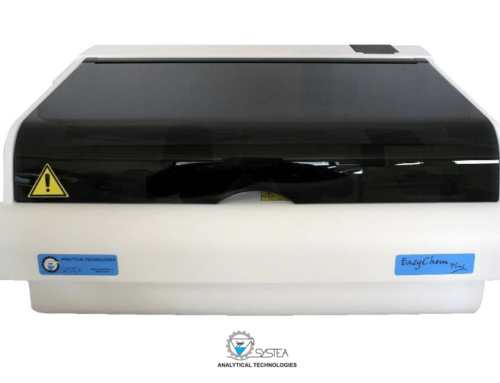
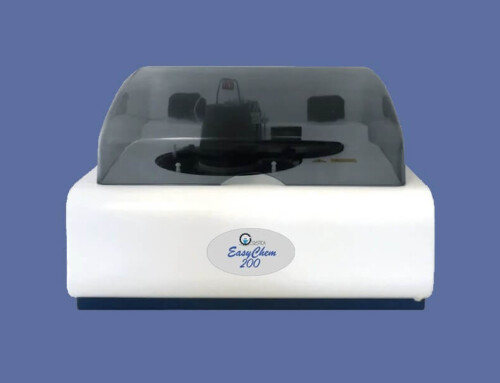
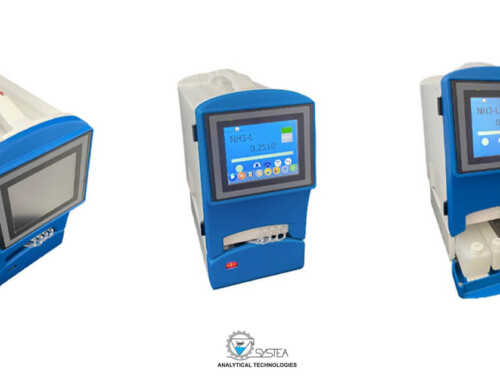
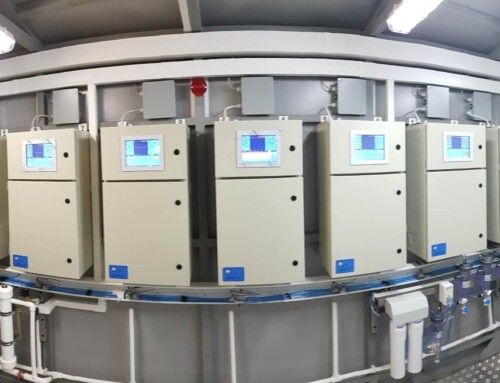
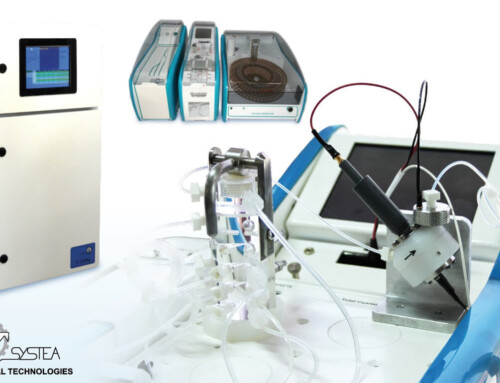
Leave A Comment